What Pet Insurance Actually Pays For and What It Won’t
If you’ve ever been hit with an unexpected vet bill, you know how fast the numbers add up. A simple visit for an upset stomach can turn into bloodwork, X-rays, and an overnight stay before you even get a chance to process what’s happening. In cases like this, pet insurance is designed to soften the financial blow. But before you assume it covers every little thing, it’s important to know what’s included and what isn’t. Pet insurance works differently from human health insurance, and while it can be a lifesaver in many situations, there are also some important exclusions you need to be aware of.
Accidents (Covered)
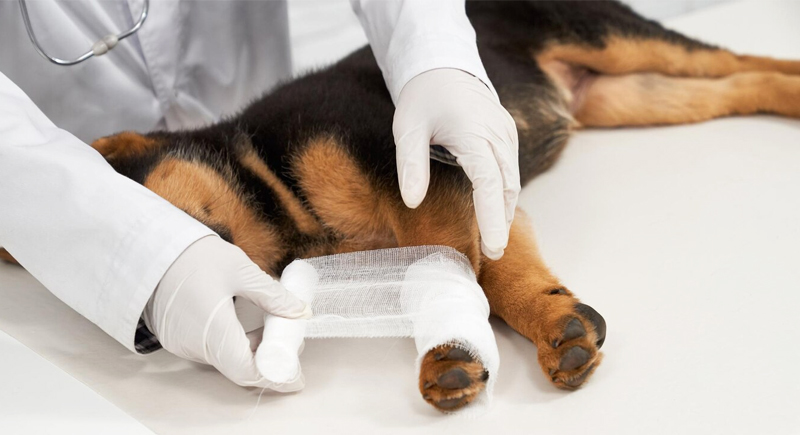
Credit: freepik
Pets get into trouble—it’s practically their job. A game of chase turns into a torn ligament. A rogue chicken bone from the trash lands them in the ER. One minute they’re zooming across the backyard; the next, they’re limping. When accidents happen, pet insurance is usually there to pick up the tab. Policies typically cover emergency vet visits, X-rays, medications, and surgeries related to accidental injuries. That means if your dog swallows a sock and needs surgery to remove it, insurance will likely help. It also applies to things like burns, allergic reactions, and even run-ins with other animals.
Illnesses (Covered)
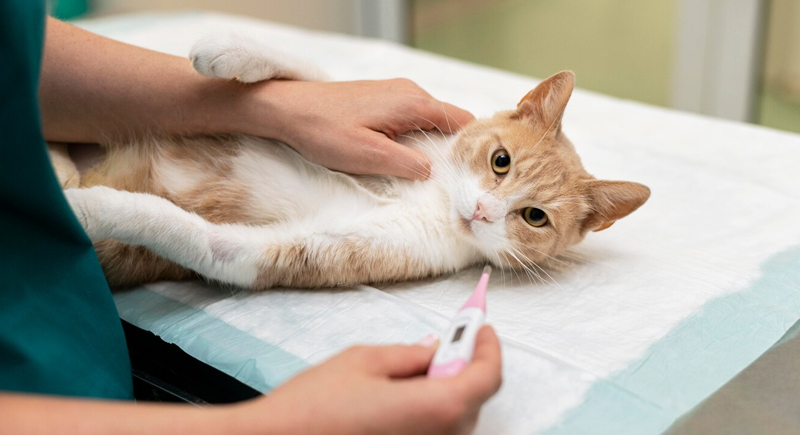
Credit: freepik
A perfectly healthy pet can wake up refusing food, running a fever, or struggling to breathe. Illnesses—both minor and severe—are a major reason people turn to pet insurance. Most policies cover a range of conditions, from ear infections and stomach bugs to chronic illnesses like diabetes and cancer. That means if your dog suddenly develops a thyroid disorder or your cat is diagnosed with kidney disease, insurance can help cover the cost of ongoing treatment. Some policies even cover long-term illnesses that require lifelong medication, but pre-existing conditions (more on that later) won’t make the cut.
Hospitalization (Covered)

Credit: iStockphoto
If your pet needs to be hospitalized, the costs can rack up quickly. A single night in an emergency hospital, complete with IV fluids, monitoring, and pain management, can set you back hundreds or even thousands of dollars. Pet insurance usually steps in to cover hospitalization when it’s deemed medically necessary. That could be for a severe illness, post-surgical recovery, or an injury that requires 24-hour observation. It won’t cover hospitalization for routine care or elective procedures, but if your pet is in crisis, insurance can be a financial lifesaver.
Specialist Care (Covered)
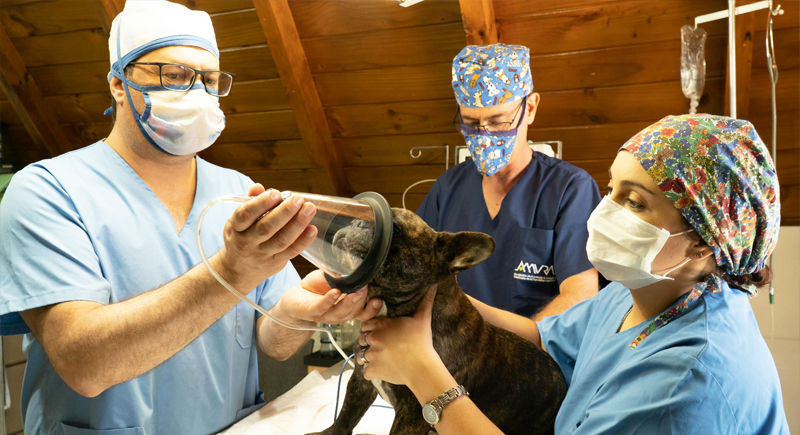
Credit: pexels
Not all medical issues can be treated by a general veterinarian. Some conditions require specialized care—whether it’s a neurologist for seizures, a cardiologist for a heart condition, or an orthopedic surgeon for a torn ligament. Seeing a specialist can be expensive, but many pet insurance policies cover referrals and specialized treatments, including physical therapy and advanced imaging. This means you won’t have to forgo expert care just because it comes with a higher price tag.
Diagnostic Tests (Covered)
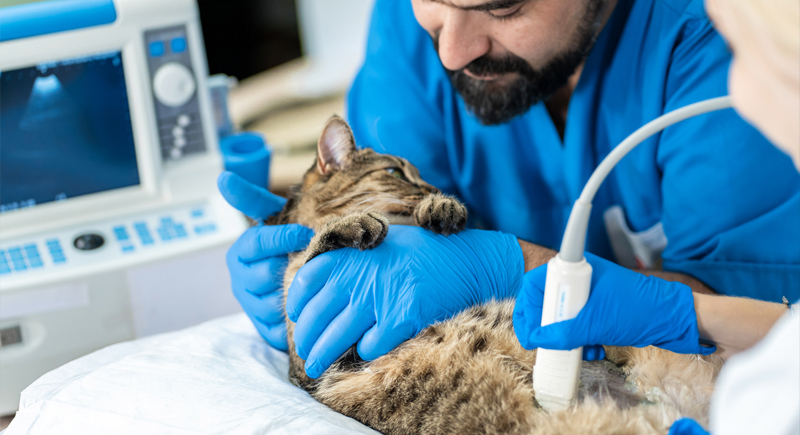
Credit: iStockphoto
Vets rely on diagnostic tests to figure out what’s wrong, and they don’t come cheap. Bloodwork, MRIs, X-rays, CT scans, ultrasounds—you name it, and there’s a good chance it’s covered if it’s related to a covered illness or injury. For example, if your dog starts limping and the vet recommends an MRI to check for a spinal issue, insurance will likely help. Diagnostics are often the first step in getting proper treatment, and having insurance means you won’t have to think twice about running the necessary tests.
Surgeries (Covered)

Credit: iStockphoto
From routine operations to life-saving procedures, surgery is one of the biggest expenses pet owners face. A torn ACL in a dog? That can set you back a few thousand dollars. A tumor that needs removing? Even more. Pet insurance typically covers surgeries related to accidents and illnesses, including emergency procedures. That means if your dog needs surgery after a bad fall or your cat requires mass removal, you won’t be left scrambling to cover the bill.
Medications (Covered)
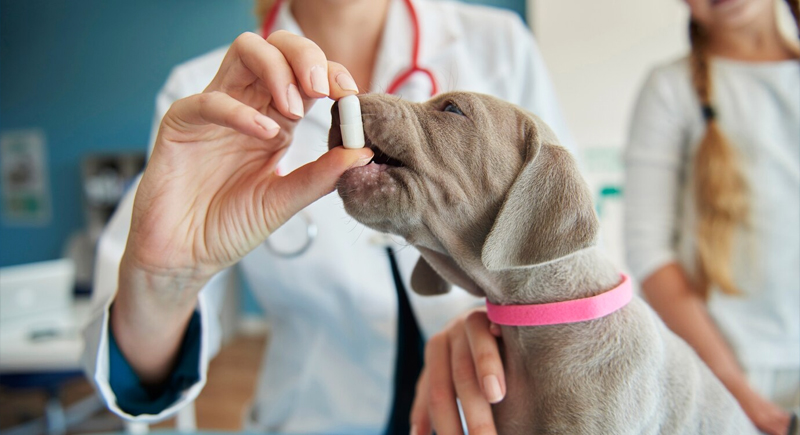
Credit: freepik
Medications are a major part of pet healthcare. Many insurance policies cover prescriptions that treat a covered illness or injury. That includes insulin for diabetes, heart medication for dogs with heart disease, and steroids for autoimmune conditions. What’s usually not covered? Routine flea and tick preventatives, dewormers, and vitamin supplements. Unless a medication is part of a prescribed treatment plan for an illness, expect to pay for it yourself.
Routine Wellness Exams (Not Covered)
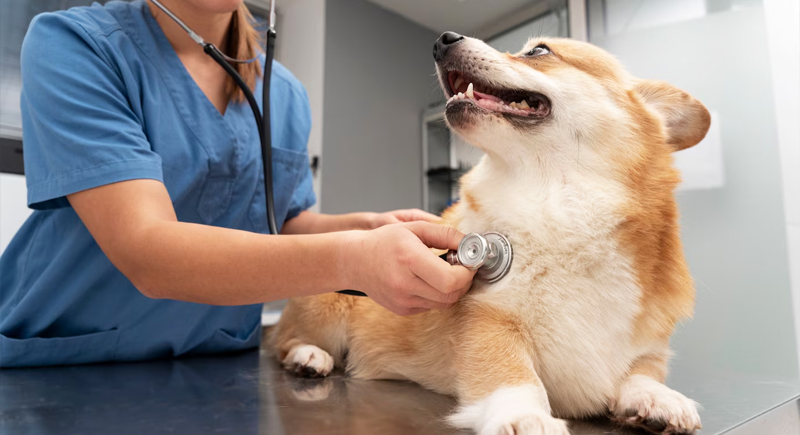
Credit: freepik
Pet insurance isn’t designed for everyday vet visits. Annual exams, vaccinations, dental cleanings, and flea prevention are all out-of-pocket expenses unless you pay extra for a wellness add-on. Unlike human health insurance, which encourages preventative care, pet insurance mainly focuses on the unexpected. If you want coverage for routine care, look for insurers that offer wellness plans as an optional feature—but know that these add-ons come at an additional cost.
Treatment of Pre-existing Conditions (Not Covered)
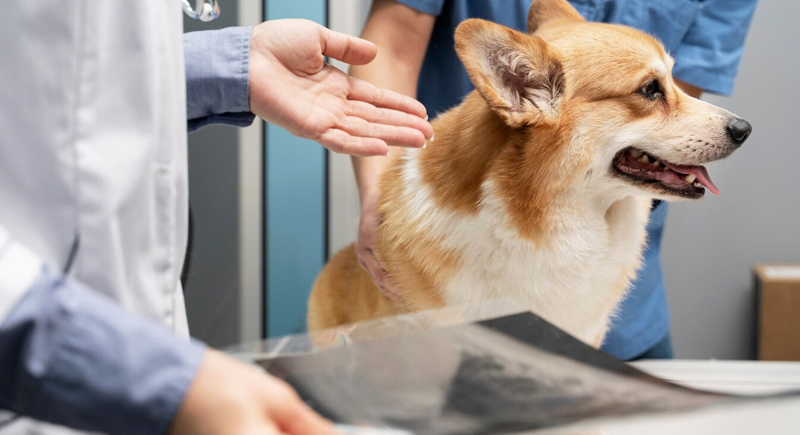
Credit: freepik
This is one of the biggest exclusions pet owners need to understand. If your pet has been diagnosed with a condition before you enroll them in insurance, that condition won’t be covered. That means if your dog had arthritis before you signed up, you’ll be covering those vet bills yourself. The same goes for any illness or injury your pet was treated for before the policy started. Some insurers make exceptions if a pet has been symptom-free for a certain period, but chronic conditions are usually excluded for life.
Elective Procedures (Not Covered)
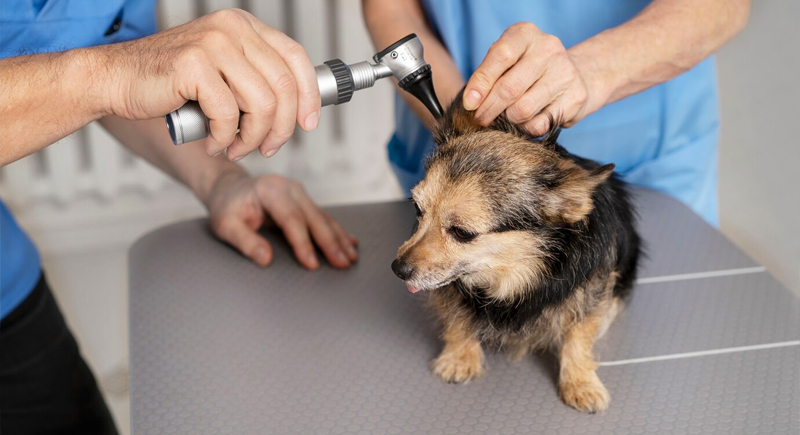
Credit: freepik
If a procedure isn’t medically necessary, pet insurance won’t pay for it. That includes things like tail docking, ear cropping, and declawing. Even sterilization surgeries like spaying and neutering aren’t covered unless you have a wellness add-on.
Pregnancy Complications (Not Covered)
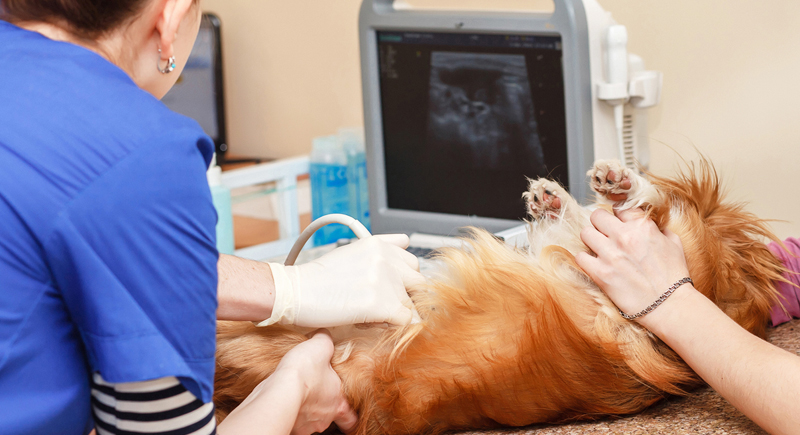
Credit: iStockphoto
Most pet insurance plans won’t cover anything related to breeding, pregnancy, or birth. If your dog has trouble delivering puppies and needs an emergency C-section, you’ll likely be responsible for the full cost. Some companies offer special coverage for breeders, but the average policy won’t touch pregnancy-related expenses.
Pre-existing Bilateral Conditions (Not Covered)

Credit: iStockphoto
If your pet had a condition on one side of their body before getting insured, the same issue on the other side may not be covered later. For example, if your dog tore the ligament in one knee before getting insurance, and years later they injure the other knee, the second injury might not be covered—even if it happens years after you signed up.
Diseases Preventable with Vaccinations (Not Covered)

Credit: freepik
If a disease could have been prevented with a routine vaccination, insurance won’t cover it. That means illnesses like rabies, distemper, and parvo are excluded if your pet wasn’t properly vaccinated. Keeping up with your pet’s shots is not just important for their health—it ensures you don’t run into coverage issues.
Pets That Are Too Young or Too Old (Not Covered)

Credit: freepik
Most pet insurance companies have age restrictions. Puppies and kittens under a certain age (usually 6 to 8 weeks) aren’t eligible, and older pets may only qualify for accident coverage rather than full illness protection. If you’re thinking about getting insurance, the best time to enroll is while your pet is still young and healthy. That way, they’re covered before any conditions develop, and you can get the most out of your policy.